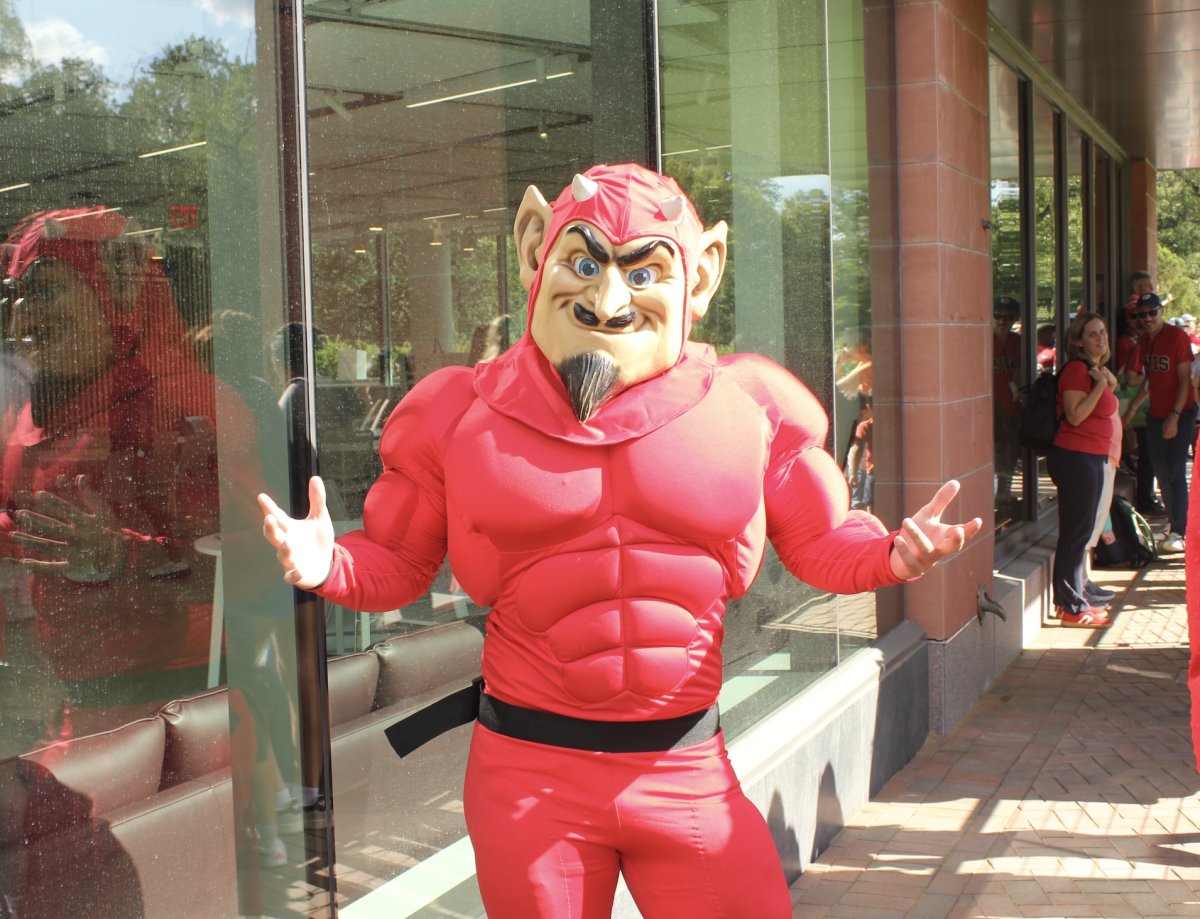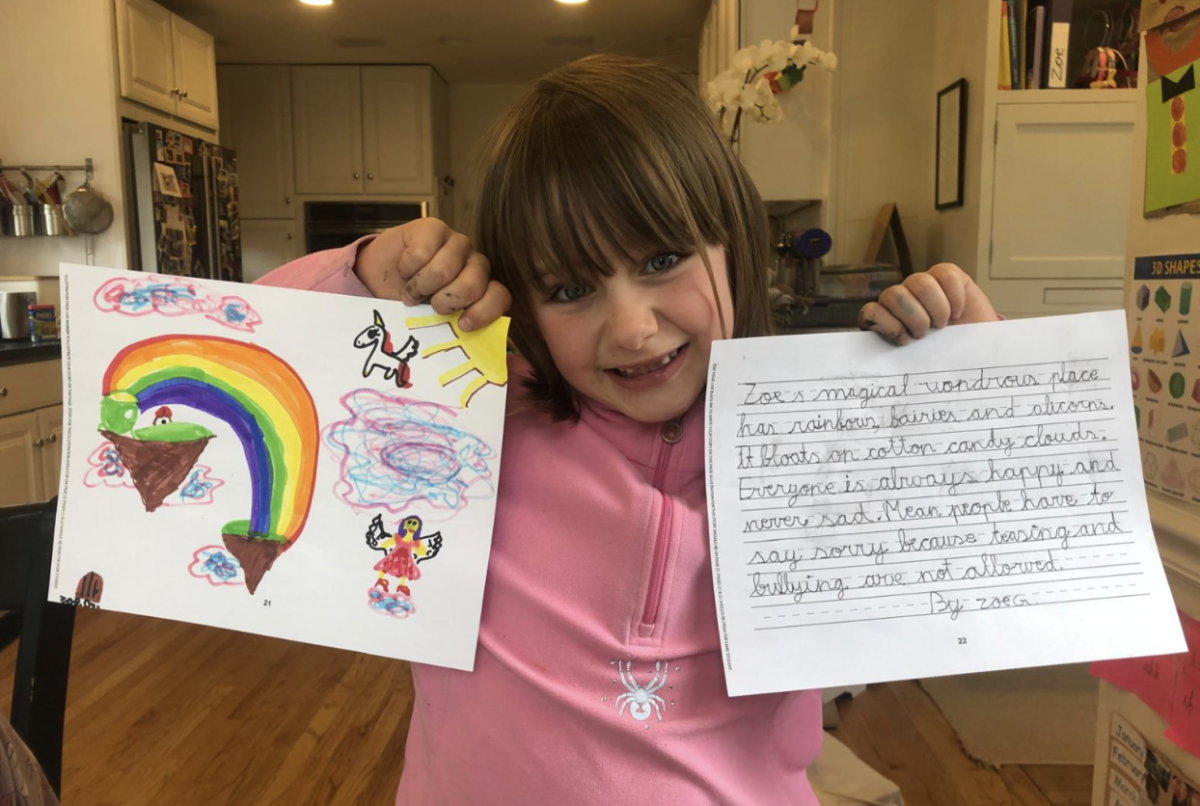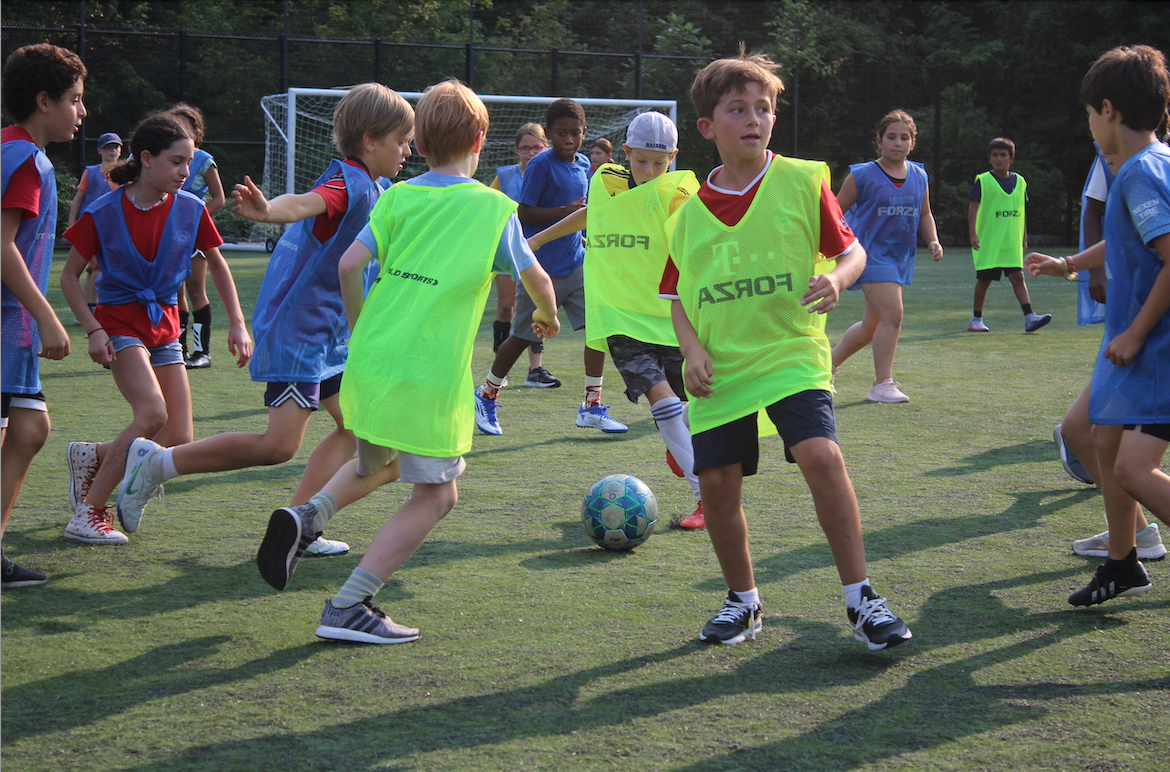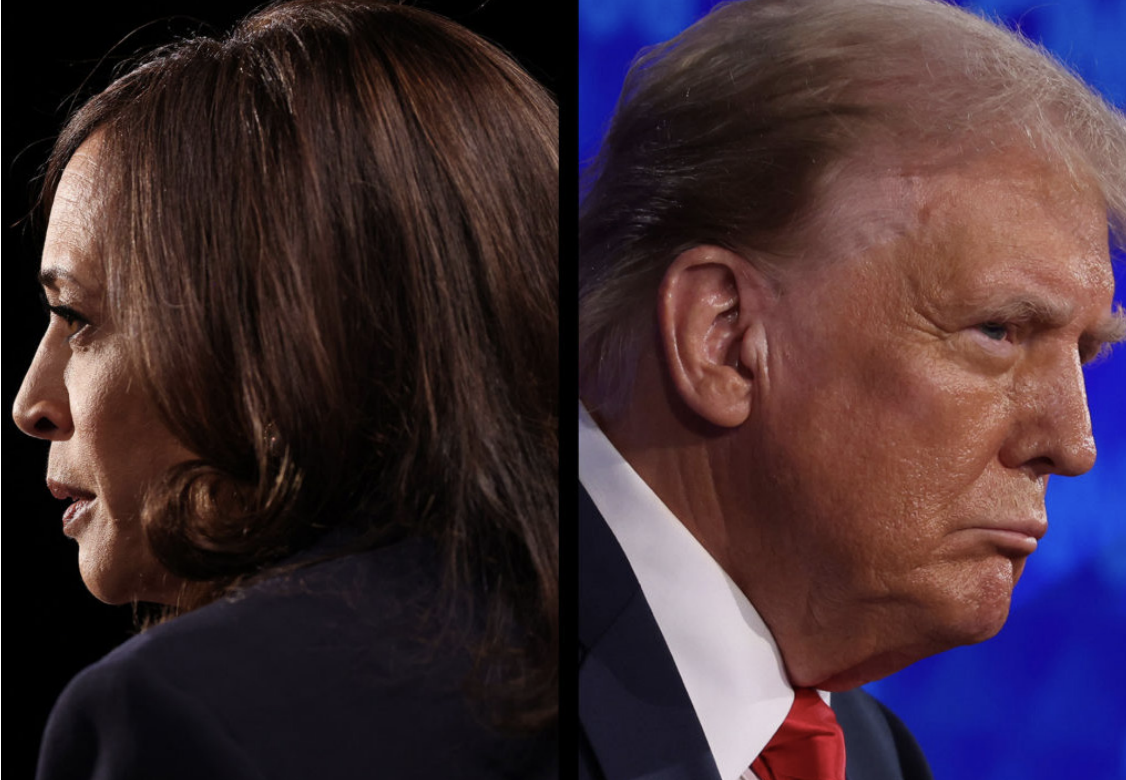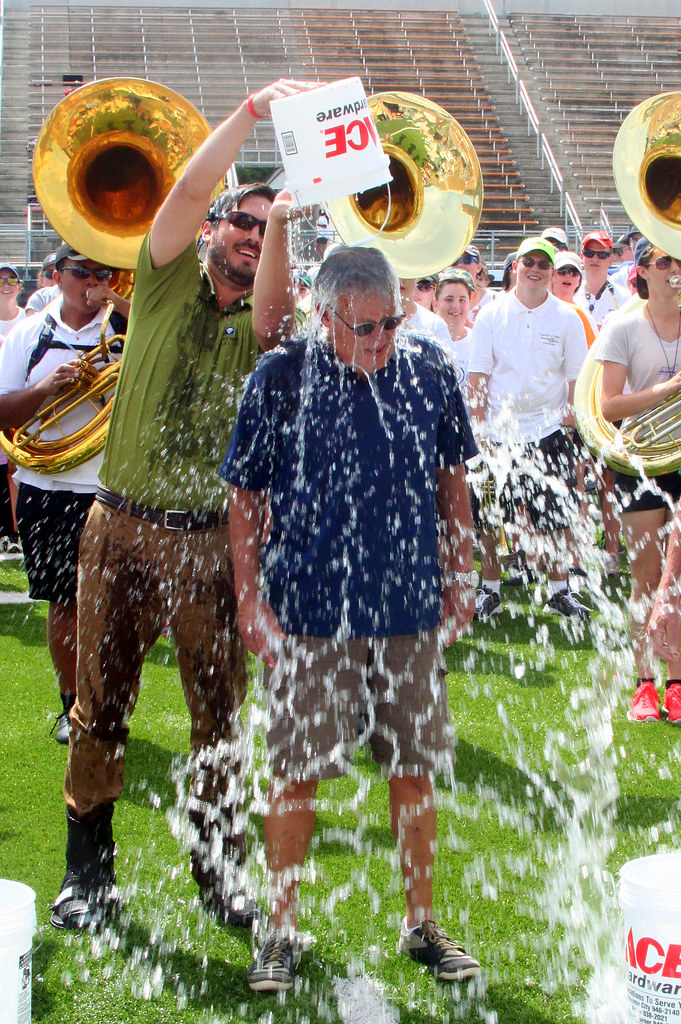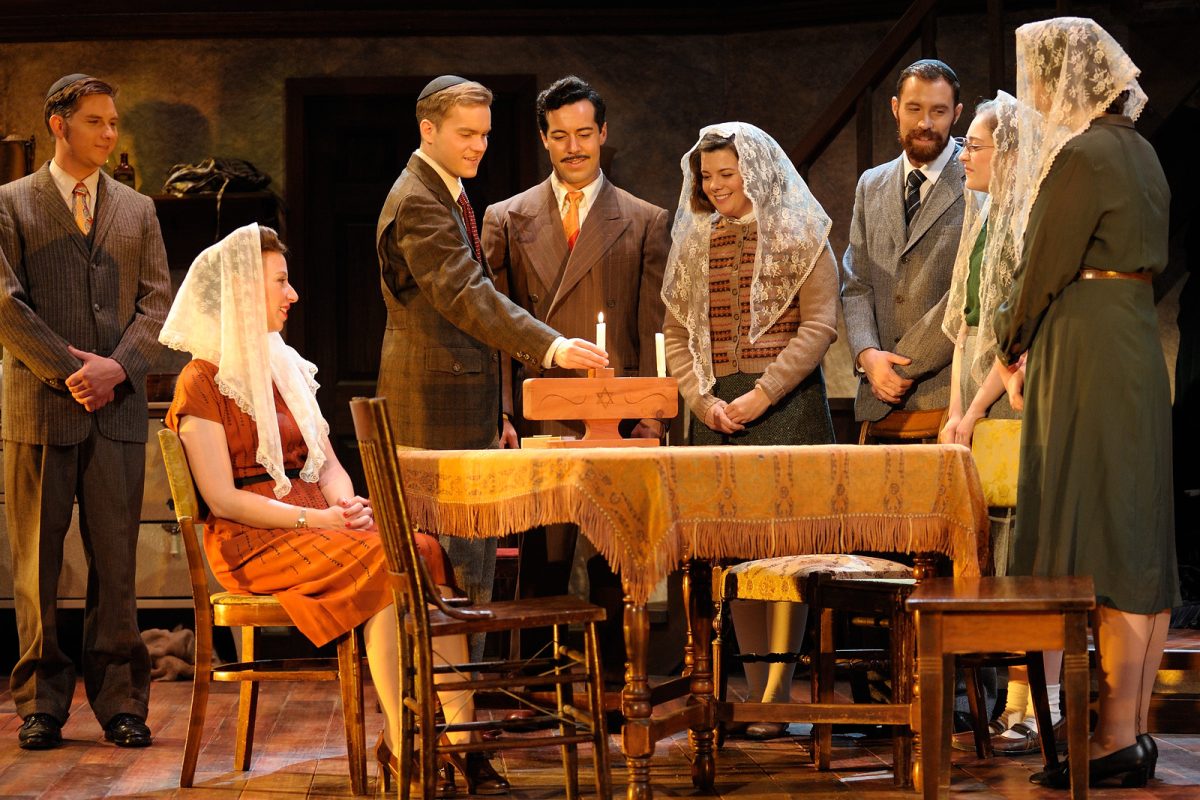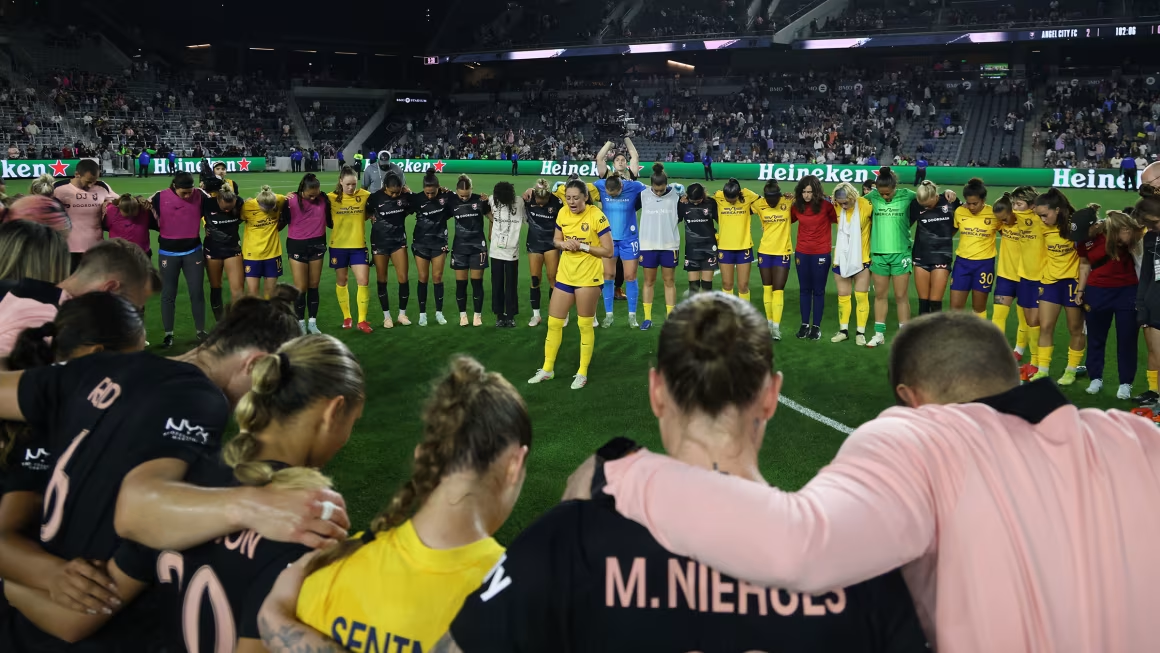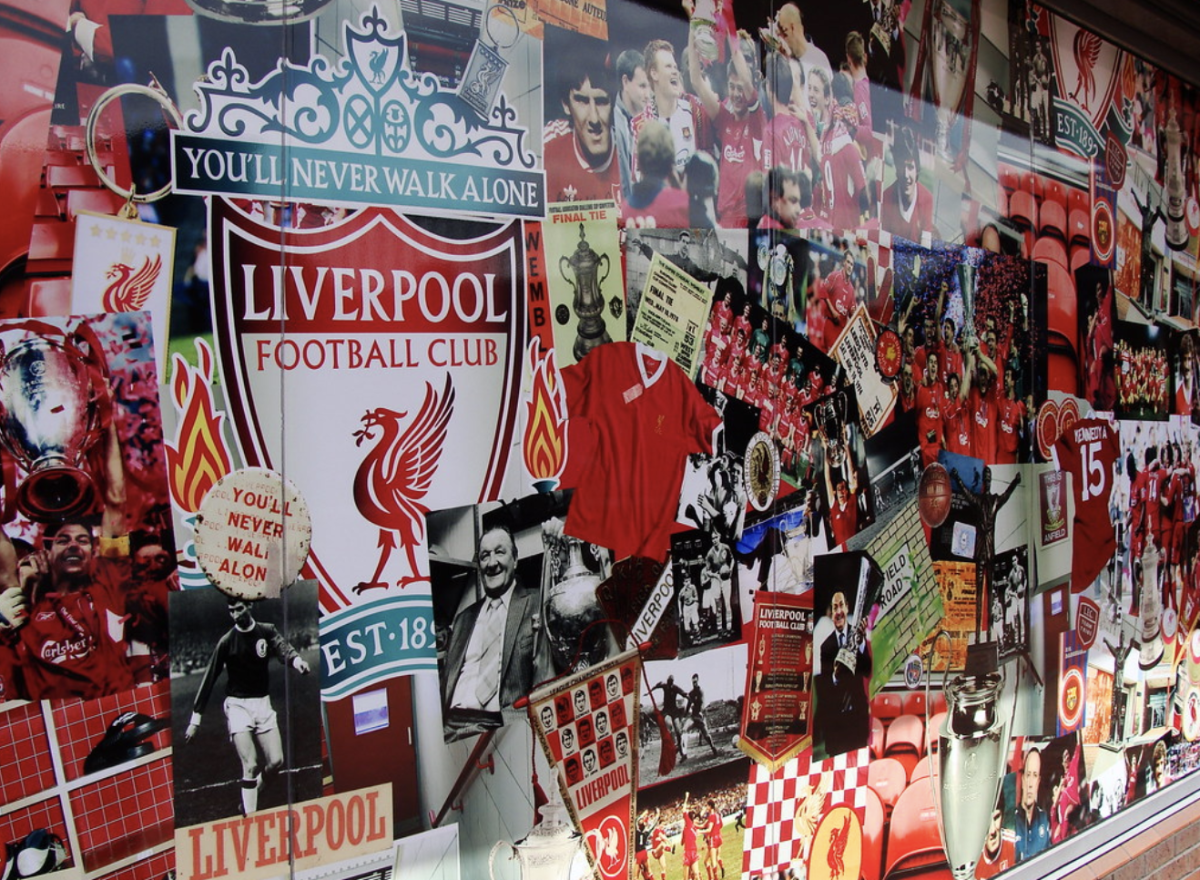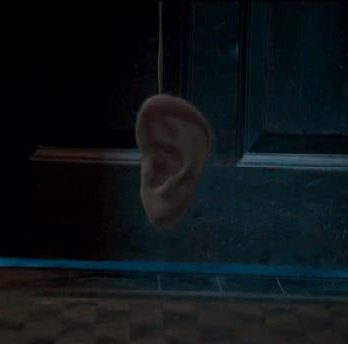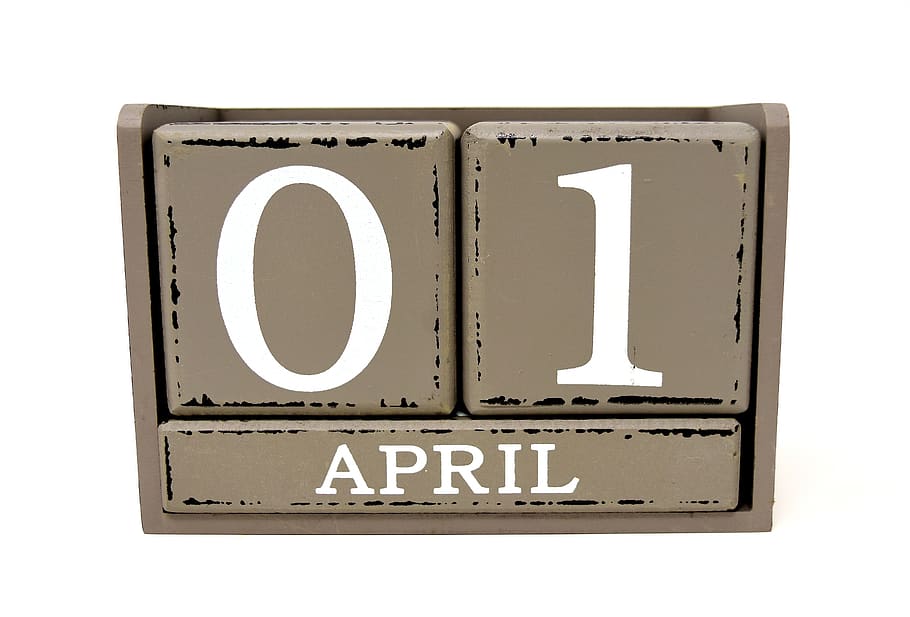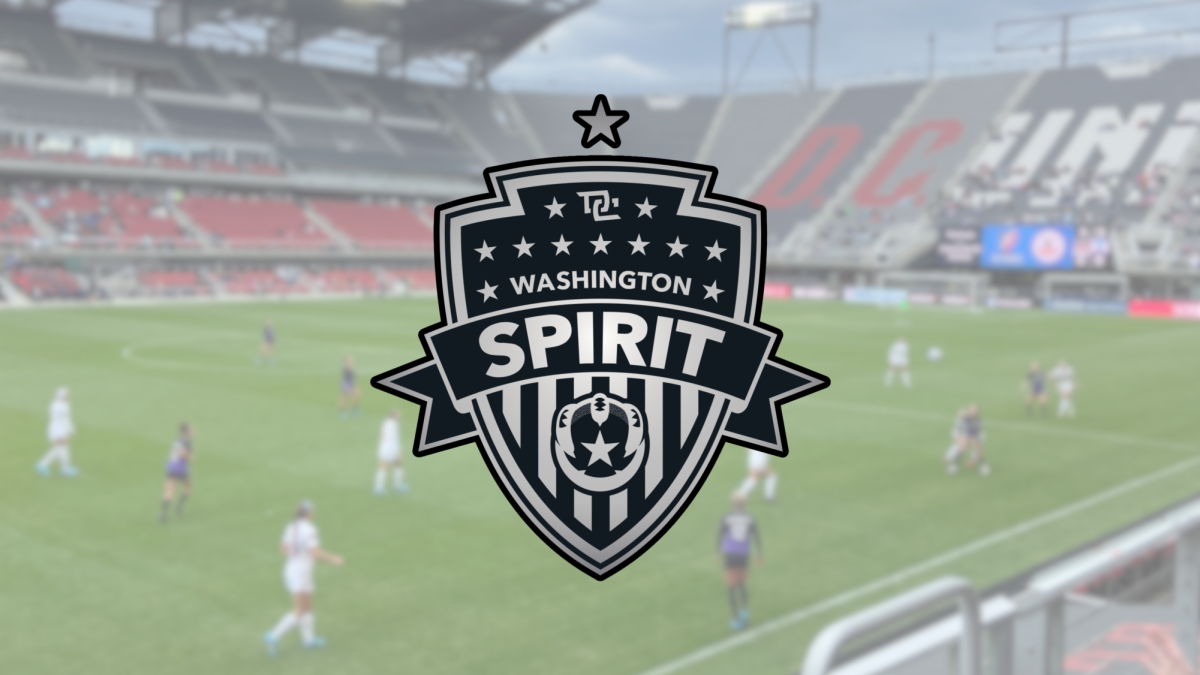On Sept. 14, the Washington Spirit, D.C.’s Premier Women’s Soccer team, clinched their spot in the National Women’s Soccer League (NWSL) playoffs. Then on Nov. 2, when they beat the North Carolina Courage, the team secured the No. 2 seed in the NWSL and got home-field advantage for both the quarter and semifinal games. After an entertaining and hard-fought game, the Spirit made it to the championships that were to be held on Nov. 23. Following a tight game, they lost 0-1 against the Orlando Pride.
While fans eagerly waited for the playoffs to begin, departments at the Washington Spirit immediately began working. Not only did the athletes begin preparing, but so did the business sides of the franchise: marketing, ticketing, fan experience and many more. With their recent success and advancement to the playoffs, how does their marketing take shape?
Senior Manager of Digital Marketing for the Washington Spirit Emily Reinwald explained the many steps it takes to get a team’s marketing strategy ready for the playoffs and the events that follow.
When they make the playoffs, the team continues their yearly marketing goals and are able to use the playoffs to have more opportunities and continue to push them.
“I wouldn’t say that the branding objectives change,” Reinwald said. “You want to make sure that we’re always laddering up to what our overall brand objectives are.”
For the Spirit, one of the biggest objectives is brand awareness. They want to continue to emphasize who they are, what players they have and where they play. They are able to take advantage of their participation in the playoffs to do this by also underlining the extent of the team’s skill and credibility.
“We wanted to make sure that everyone in our area knows who we are, what we play, and they know ‘Hey we’re a big deal, we’re in the playoffs,’” Reinwald said.
This ensures that even people who don’t attend games or aren’t fans yet are able to know the team and that they are fighting to win a championship.
To spread this awareness, the marketing team uses various techniques. Spirit focuses on anything from signs on bus stops to intriguing Instagram posts.
“You have to think about all those different channels,” Reinwald said. “A different channel is going to be more important for a different audience.”
The team often uses “out of home” marketing strategies for those who don’t follow the team yet. This consists of billboards, signs and anything that someone could just happen to see outside of their home. This is done for those people who aren’t subscribed to their emails, following them on Instagram or going on their website, so Spirit exposes them to the brand in different ways.
When it comes to social media, they are able to take a slightly different approach because of the algorithms. Because apps like TikTok and Instagram tailor people’s fields to more than just who they follow, the Spirit’s content creators and social media managers try to get into people’s feeds who might not know them well yet. This was especially helpful in spreading the message about the playoffs.
That being said, social media is still vital for the fan base they do have, bringing fans along the journey with them and developing die-hard fans.
“Social media is a huge platform for us to continue to grow their fandom, giving [fans] content that makes them feel closer to the team, where they get to know the players more,” Reinwald said. “Getting them to come back and then more and more invested in the team’s success is going to be crucial.”
This year, because the Washington Spirit was able to make the playoffs early on, the team could start planning the social media and events well ahead of time. While they continued to market the remaining games, they also began having meetings about the playoffs.
The first priority was to talk to the ticketing team to sort those details out. They discussed whether season members would get presale and first access and other details about ticket logistics. After that, the marketing team could focus on how to advertise those details.
“Once these processes are discussed and decided, we start building out the emails, the web posts, the social media posts,” Reinwald said.
That being said, due to the unpredictable nature of sports, teams don’t always get time to plan ahead, so it’s important to be able to adjust.
“My rule of how I look at it is that you want to be about 80 percent planned or prepared, leaving that 20 percent to be reactionary,” Reinwald said.
Planning is much easier for marketing the website and emails compared to social media. Because of this, social media templates about final scores are often made before the game. Then, when they have the information, these templates are quickly changed to have photos from the game and new information to then post on social media. While this makes reacting easier, many people are still involved in this process.
“It’s not just the person who’s actually sending the tweet or posting the Instagram [post], but a whole team of photographers [and] runners who are bringing the photographers’ memory cards to a computer to upload the photos and to then give them to the social people,” Reinwald said. “[It’s] a lot in the moment.”
When it comes to their website, the team completely plans different versions for different outcomes.
“On the web side, we have our website that you see as a fan, but we also have a staging website that we can essentially prepare stuff on [to] make sure it looks good and works before we take it to the live website,” Reinwald said.
Especially for the week of the championship, they had to be completely prepared for the two possible outcomes: a win or a loss. They had two full builds on their staging site of what the official website would look like. This ensures that updates can be made as quickly as possible.
“Whatever happens on the field, as soon as that final whistle blows, we are able to update it,” Reinwald said.
The physical marketing also has to be ready for the events that could happen. The operations and fan experience team both prepared for what could happen. They designed different elements of the championship celebration, including a parade.
“They have to think through all of that and get prepared for it, knowing that they might not even use any of that work,” Reinwald said.
Even though the Spirit narrowly missed out on the championship, making the playoffs and getting to the final was a massive achievement that they wanted to celebrate. After the game, they worked with the many teams and leadership to decide where they would go after the playoffs.
“We wanted to capitalize on us being in the championship, because that is a big deal, regardless of how it ended,” Reinwald said.
They wanted to see how they could use the momentum they had from the playoffs to continue to connect with fans. They decided to have a fan appreciation night on the Monday after the championship game to celebrate the fans who had been supporting them throughout the season. The teams then had to work on the logistics of marketing it. As they could not have prepared for it, they swiftly began working on spreading the word for it.
“That then required [questions like]: ‘How are we getting that word out? Who are we emailing? What are we posting on the website? How are we sharing that with fans?” Reinwald said. “That was a little bit of a crazy turnaround.”
With all of the events and advertising, it was important to keep their finances in mind. The budgets for the year are already discussed during the earlier year’s season. They know that there are certain fixed costs, like the 13 home games, and then make a flex budget that they can use for things like advancing to the playoffs which they then allocate. That being said, deciding the costs is not very easy.
“It is an interesting balancing act,” Reinwald said.
The flex budget can not solely be put aside for making the playoffs, because if a team doesn’t make it, then that money is left on the table. In addition, they don’t want to have no money for the playoffs, because if they do make it, they’ll have financial restraints. So, just like social media, they try to have about 80 percent planned and leave 20 percent for reactionary decisions.
“We know for sure we’ll have this amount for these things we know will happen, but we need to be prepared to budget for things if x happens or if y happens,” Reinwald said.
The fan appreciation night was a clear example of this. Although they weren’t able to hold the championship celebrations they wanted, they were able to then shift and use some of that budget for the fan appreciation night and make another touch point for fans. Any other money that isn’t used is re-deployed in different ways or used for the next year. Although it can be difficult, the Spirit carefully determines their budgets which makes it run much smoother for the other departments.
“We have a great vice president in finance, and we have a million people who put their input in,” Reinwald said.
As the season comes to an end, making the playoffs helps push the team toward the next year.
“Making the playoffs, making the championship was a lot of work, … but I will always take that and the extra work because it does help us reach our goals as a business,” Reinwald said.
As the Spirit reviews their goals from the prior year, they evaluate themselves on how they delivered on those goals. For marketing, the team makes short-term (by quarter) and long-term (for the year and in five years) goals. With these, they reflect on their accomplishments and relevance for the next season.
“We look and see what were our goals?” Reinwald said. “Did we hit them? And are these goals still relevant for us? If they are, how do they evolve for next year?”
With the addition of the playoffs, the team is able to change their approach and details to some of the goals. This process of analyzing targets and setting them takes around a month.
“Maybe the strategy to hit those goals changes,” Reinwald said. “ Or maybe we look at how we saw such a great playoff atmosphere, [and ask ourselves] how we are making sure that we are packing the stands, and how we are making sure that passion and atmosphere is continued”.
It is important to note that all of the aims level back up to the overall business goals set by leadership, the owner Michele Kang and investors.
“[The business goals are] kind of the overarching star that we follow,” Reinwald said.
Then from those big objectives, each department and individual makes goals to achieve the larger ones. For example, digital marketing has aims that lead to marketing aspirations, which lead to larger goals.
While making the playoffs helps the marketing, the Spirit ensures that their goals don’t only rely on results from the pitch that are out of their control.
“Anyone in sports will tell you, it’s easy to market a winning team, [but] how do you market a losing team?” Reinwald said.
The results of the game, while they help, don’t define what success looks like for the business.
“As much as we are disappointed in that championship result, we still want to be able to celebrate the accomplishments of this team and the incredible passion of our fans,” Reinwald said.
By Cate Taylor

